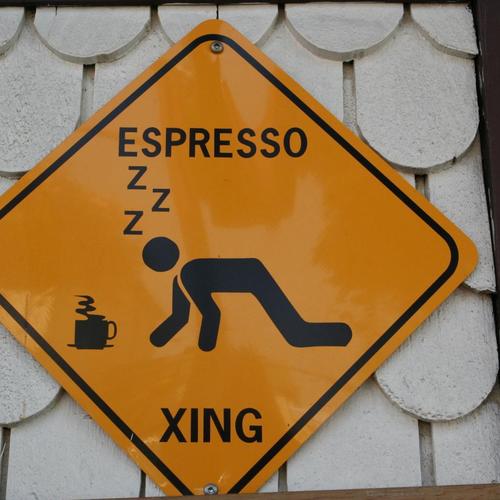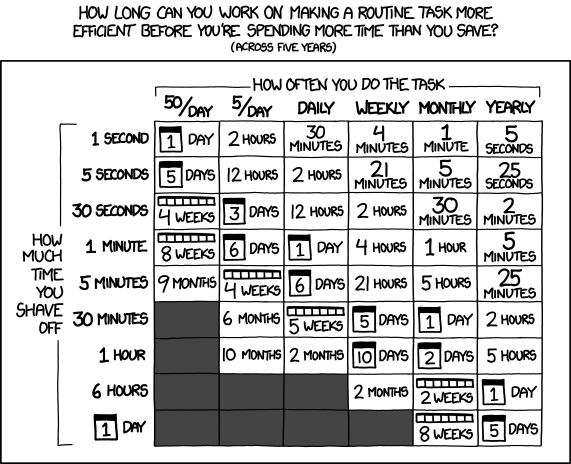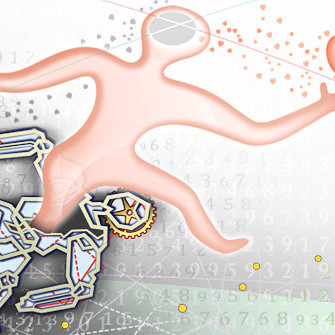Color signatures of novels’ visual content by Jaz Parkinson
You have all made my life. These are my colour signatures, an ongoing collection which are basically graphs of all the visual content in the books. For example when it might say ‘yellow brick road,’ ‘yellow’ gets a tally, or when for example in The Road it says ‘dark ash covered everything’ (not an actual quote), that image evokes dark grey instantly in the mind, so dark grey gets a tally. They are then ordered into a spectrum and drawn up, so the result is a surprise to me until it is done. I was shocked at The Road as well! A lot of the colour is fire, and when they finally find some food the book describes ‘juicy glistening peaches,’ which is so visual after pages and pages of grey.









